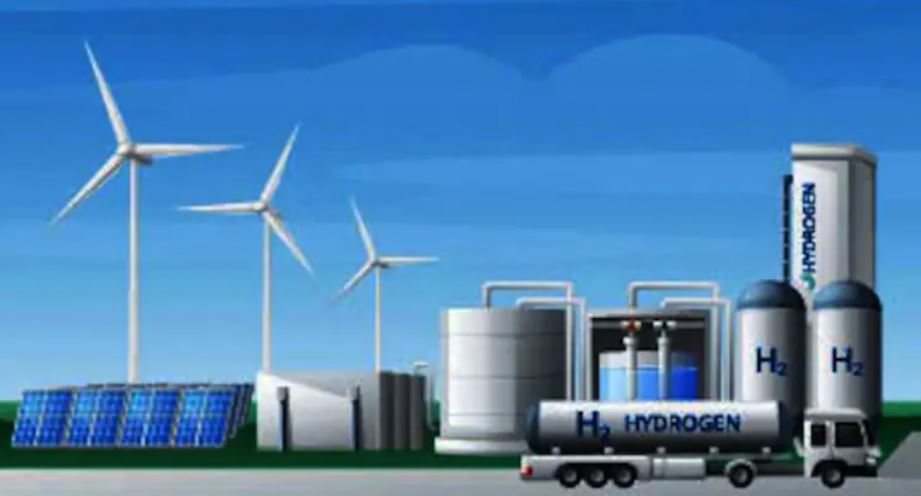
According to Union Minister for Petroleum and Natural Gas Hardeep Singh Puri, green hydrogen has the potential to change India from an energy importer to an energy supplier and exporter.
“Green hydrogen and other green fuels could eventually help India’s $300 billion export surplus offset its $200 billion annual energy import cost.India has an edge in terms of a sizable demand for green hydrogen as well as the ability to create and store it. Puri made the statement on the final day of the International Conference on Green Hydrogen (ICGH) 2023, which was hosted by the Ministry of New and Renewable Energy (MNRE) in New Delhi. “India meets all the critical requirements to become a hub for this green fuel,” he added.
More than 2,700 participants participated in the three-day conference, which featured 135 speakers, seven plenary sessions, 16 technical sessions, and four panel discussions.
The minister also discussed the difficulty of financing in this emerging industry. But he was optimistic that as demand grew, more and more banks would be willing to freely finance projects involving green hydrogen and its derivatives.He claimed that prestigious financial firms have already begun to express a strong desire to invest in India.
It has been formally announced that the European Investment Bank (EIB) will join the India.
Hydrogen cooperation and increased funding of 1 billion euros for large-scale industry hub development. The Asian Development Bank (ADB) recently announced its intention to support India’s objectives for green economy with $20–$25 billion over five years. According to Puri, the World Bank has granted $1.5 billion in financing to assist India in its transition to a low-carbon economy.
The importance of affordability, accessibility, and acceptability as key characteristics for India’s path to self-reliance in green hydrogen and advancing sustainable solutions was discussed by Jitendra Singh, Union Minister of State (MoS) for the Ministry of Science and Technology and Minister of State for Prime Minister’s Office.
Amitabh Kant, a G20 Sherpa, emphasised the need to reduce the price of green hydrogen from $4.5/kg today to $1/kg by 2030. He claimed that the transition to green hydrogen will need to be led by the oil industry and refineries.
Many nations and business leaders would advise the government to use blue hydrogen in the interim, as well as any other sort of hydrogen, for that matter. But I would advise India to remain with green hydrogen and take the lead globally in this area,” he said.
All of the speakers pushed the private industries to follow suit, including cement and steel.
According to Ajay Kumar Sood, Principal Scientific Advisor to the Government of India, India must now move quickly to implement the National Green Hydrogen Mission (NGHM) before other nations seize the opportunity and benefit from being the first to market.
“At least 16 nations have already unveiled their green hydrogen action plans, including India. By 2050, it’s anticipated that demand for green hydrogen would increase fivefold. As a result, India needs to start bracing itself, he said.
The conference and the green hydrogen mission, according to MNRE Secretary Bhupinder Bhalla, will open the door for R&D initiatives, pilot projects, and advantageous policies to promote sustainable growth and quicken the switch to clean and green energy.
On January 4, the NGHM received approval from the Union Cabinet, with an initial expenditure of Rs 19,744 crore, including Rs 17,490 crore for incentives. According to the NGHM, the government wants to produce at least 5 MMT of green hydrogen yearly by 2030, which would call for 125 GW of renewable energy capacity and 60-100 GW of electrolyser capacity. The goal of this effort is to cut annual carbon dioxide emissions by 50 MMT.

















